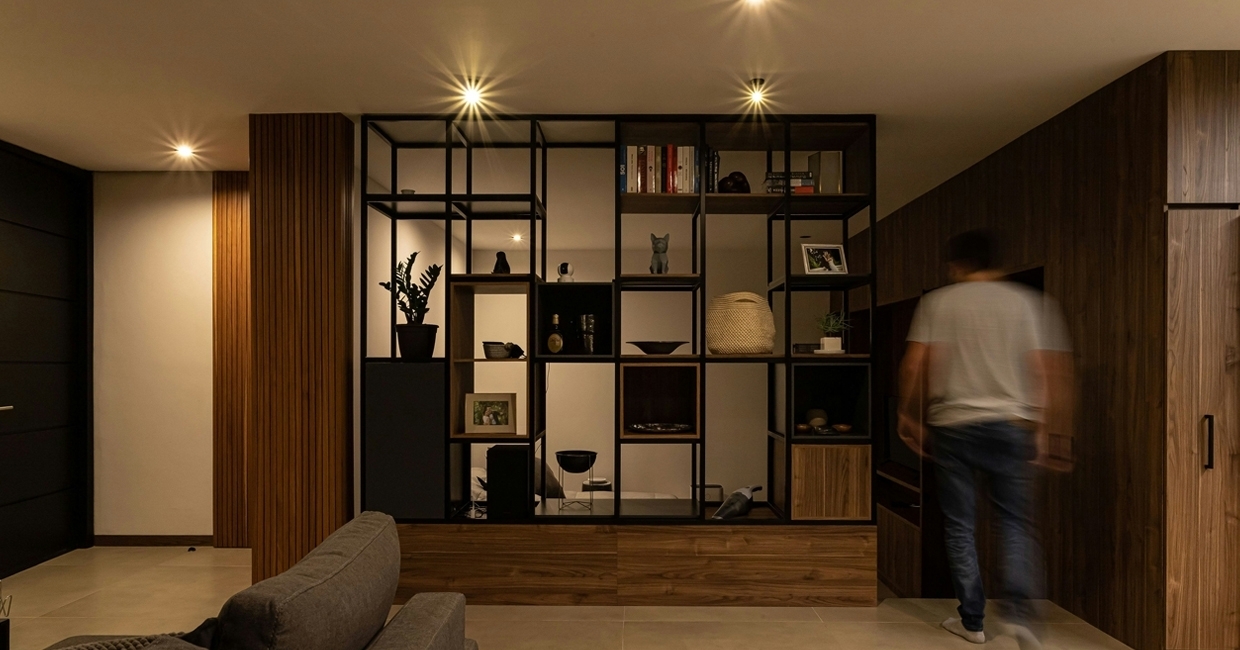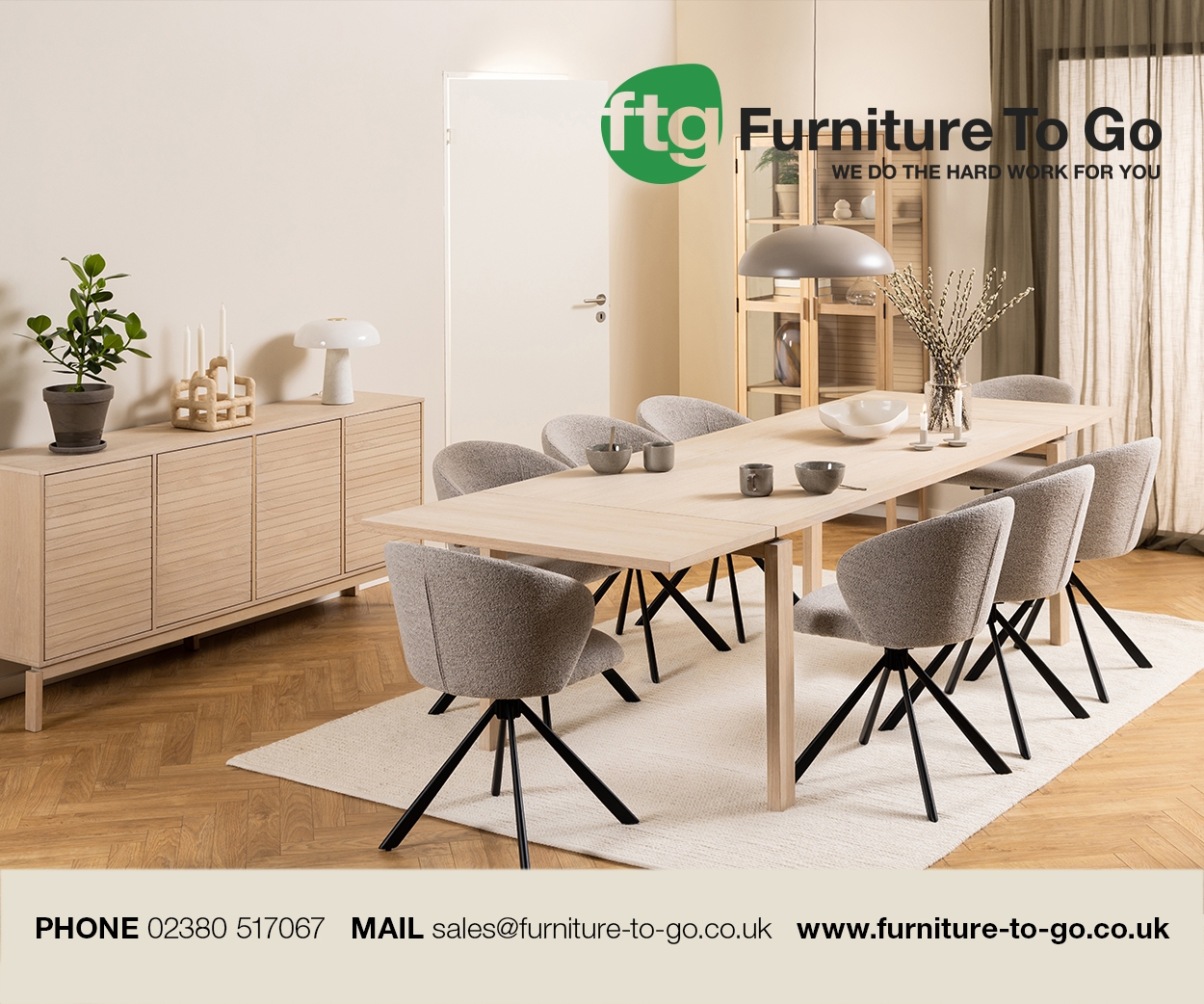The modern home is intentionally designed, where every piece of furniture serves a dual purpose, and furniture is not only used as decoration, but can also be used as storage, writes digital marketer, Patricia Lee for www.schoollockers.com. And, as living spaces shrink, furniture fits into these tight spaces …
The clutter-free imperative
The pandemic reshaped how we experience our homes, turning them into offices, gyms and entertainment areas. This shift accelerated existing trends toward minimalism and small-space living, creating new demands for furniture that performs multiple roles without visual chaos.
Consumers now prioritise intentions over accumulation. They seek pieces that enhance daily life while maintaining the serene aesthetics that support mental clarity. The central challenge facing today’s furniture industry is creating products that are both beautiful and purposeful, where storage capacity never compromises visual appeal.
The new role of storage in domestic design
Open shelving and visible storage systems are losing ground to concealed alternatives. Modern homeowners prefer closed, modular storage units that maintain clean sightlines while offering practical organisation solutions.
Living rooms, bedroom, and hallways are adapting to this shift through furniture designed with hidden functionality. Storage now integrates seamlessly into existing design schemes, rather than announcing its presence through bulky forms or obvious hardware.
The most successful pieces blur the line between furniture and architecture, creating storage solutions that feel like natural extensions of the room’s structure, rather than afterthoughts added for convenience.
Designing for utility without compromise
Smart material choices enable storage furniture to blend invisibly into modern interiors. Three key design principles guide this integration:
Material harmony: Oak veneers, powder-coated steel, and sooth lacquers create cohesive surfaces that complement existing decor.
Flush mounting systems: Hidden hinges and push-to-open mechanisms eliminate visual hardware while maintaining full functionality.
Proportional scaling: Furniture dimensions match room proportions, creating storage that feels custom-built rather than purchased.
Hallway benches with lift-up lids exemplify this approach, offering shoe storage while serving as seating and display surfaces. Wall-mounted cabinets with flush doors provide ample storage while maintaining the illusion of continuous wall surfaces.
Consumer expectations and market response
Homeowners demand flexibility, tidiness and longevity from their furniture investments. They expect storage solutions that adapt to changing needs while maintaining aesthetic appeal over time. Retailers and manufacturers are responding with sophisticated offerings, including a selection of new and used lockers that meet diverse aesthetic and functional requirements. Three market trends define this evolution:
Integrated systems: Modular units combine multiple storage functions in cohesive designs.
Multifunctional pieces: Furniture that serves primary functions while offering hidden storage capacity.
Bespoke customisation: Made-to-measure solutions that fit specific spaces and storage requirements.
These developments reflect a mature market where consumers understand the value of quality design and are willing to invest in pieces that deliver both form and function.
Designing for the mind as well as the home
Form-function balance supports mental wellbeing by creating environments that feel organised without appearing sterile. When storage disappears into furniture design, homes become more peaceful and focused spaces.
This trend represents a fundamental shift in how we approach interior design, moving beyond decoration toward environments that actively support modern living. Industry professionals who embrace this will find themselves at the forefront of a movement that prioritises both beauty and utility in equal measure.
Photo courtesy Unsplash/Lissete Laverde







